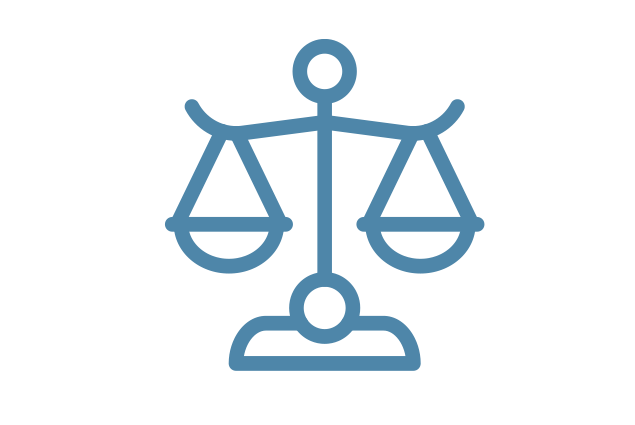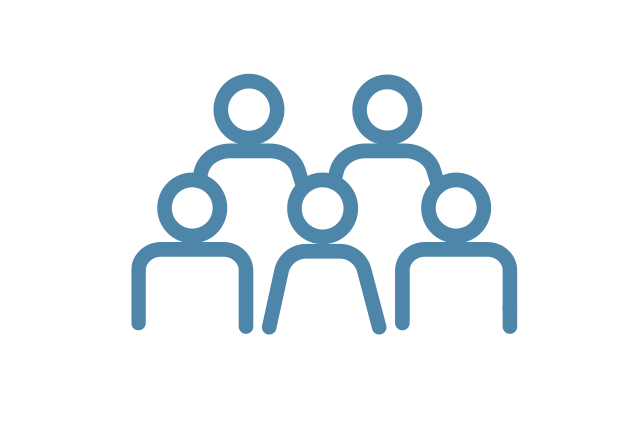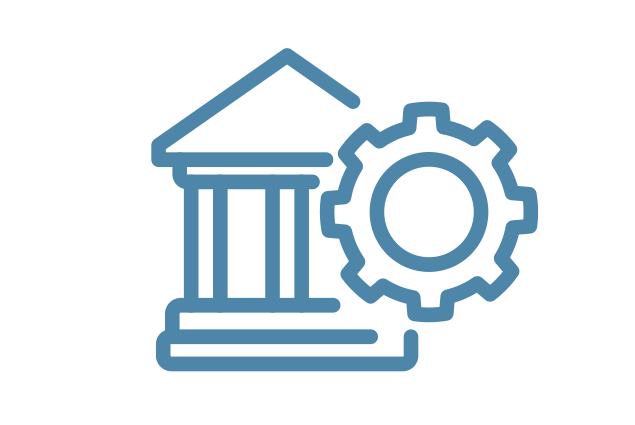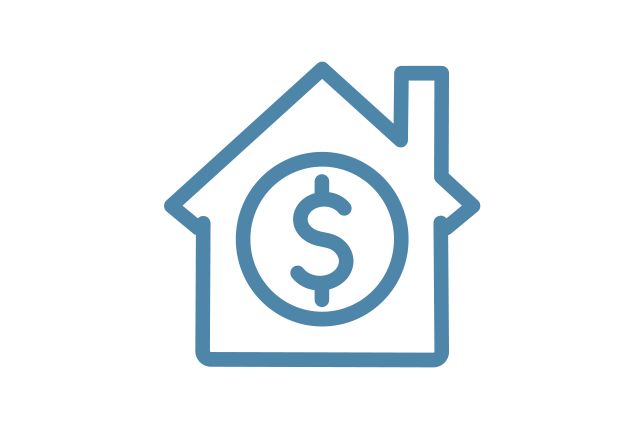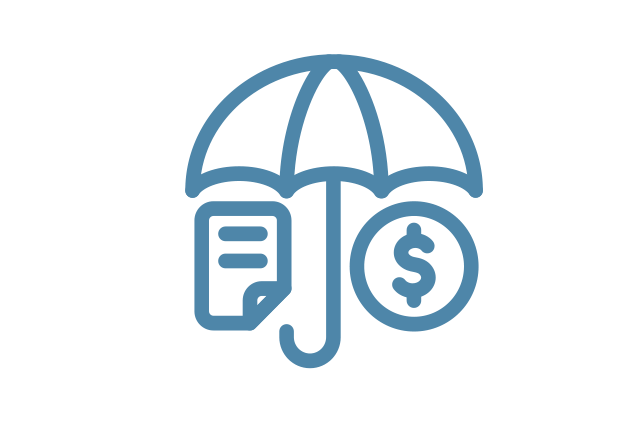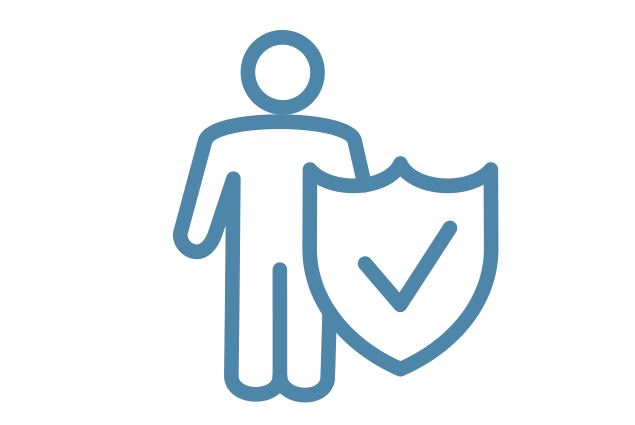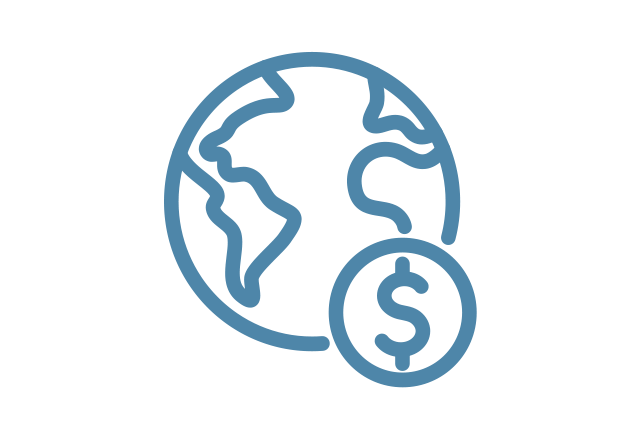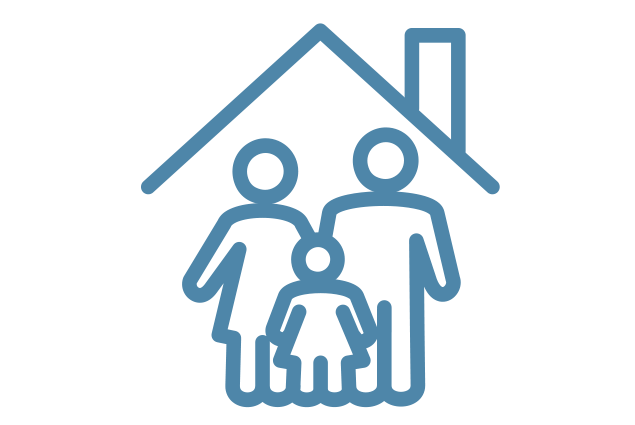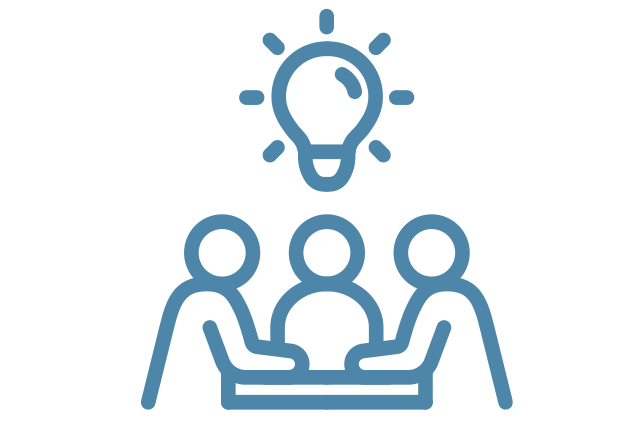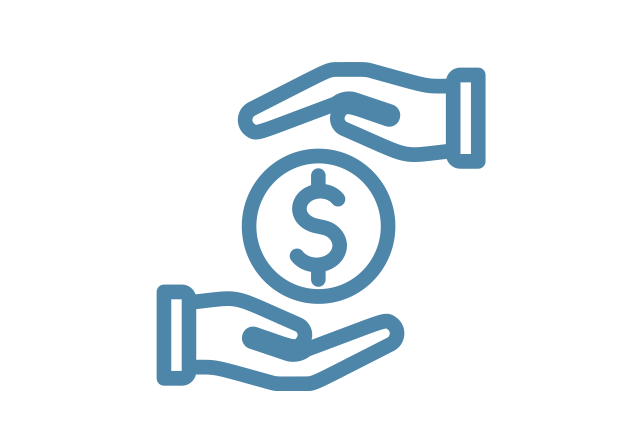10 Things to Know About Federal Home Loan Banks
The Federal Home Loan Bank of San Francisco is one of 11 regional banks that comprise the Federal Home Loan Bank System (FHLBank System), an integral part of the U.S. financial system.
Congress established the FHLB System in 1932, during the Great Depression, to improve the nation’s housing finance system by facilitating the flow of credit for mortgages throughout the country. FHLBanks operate as an independent wholesale cooperative directly serving member financial institutions – your local and national banks, credit unions, insurance companies and community development financial institutions (CDFIs) – to benefit families, individuals, and communities from coast to coast.
FHLBanks provide low-cost funding to our member community-based lending institutions, which then use that low-cost funding to support mortgage lending and investment in the local communities they serve.
Top 10 things to know about the vitally important FHLBank System:

